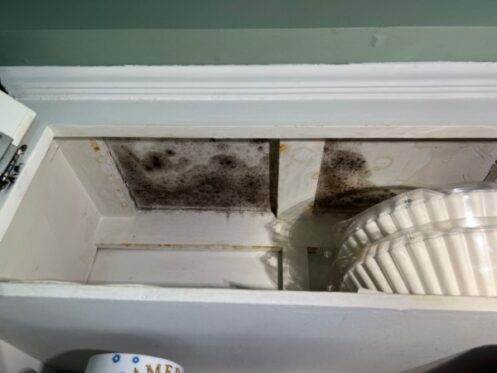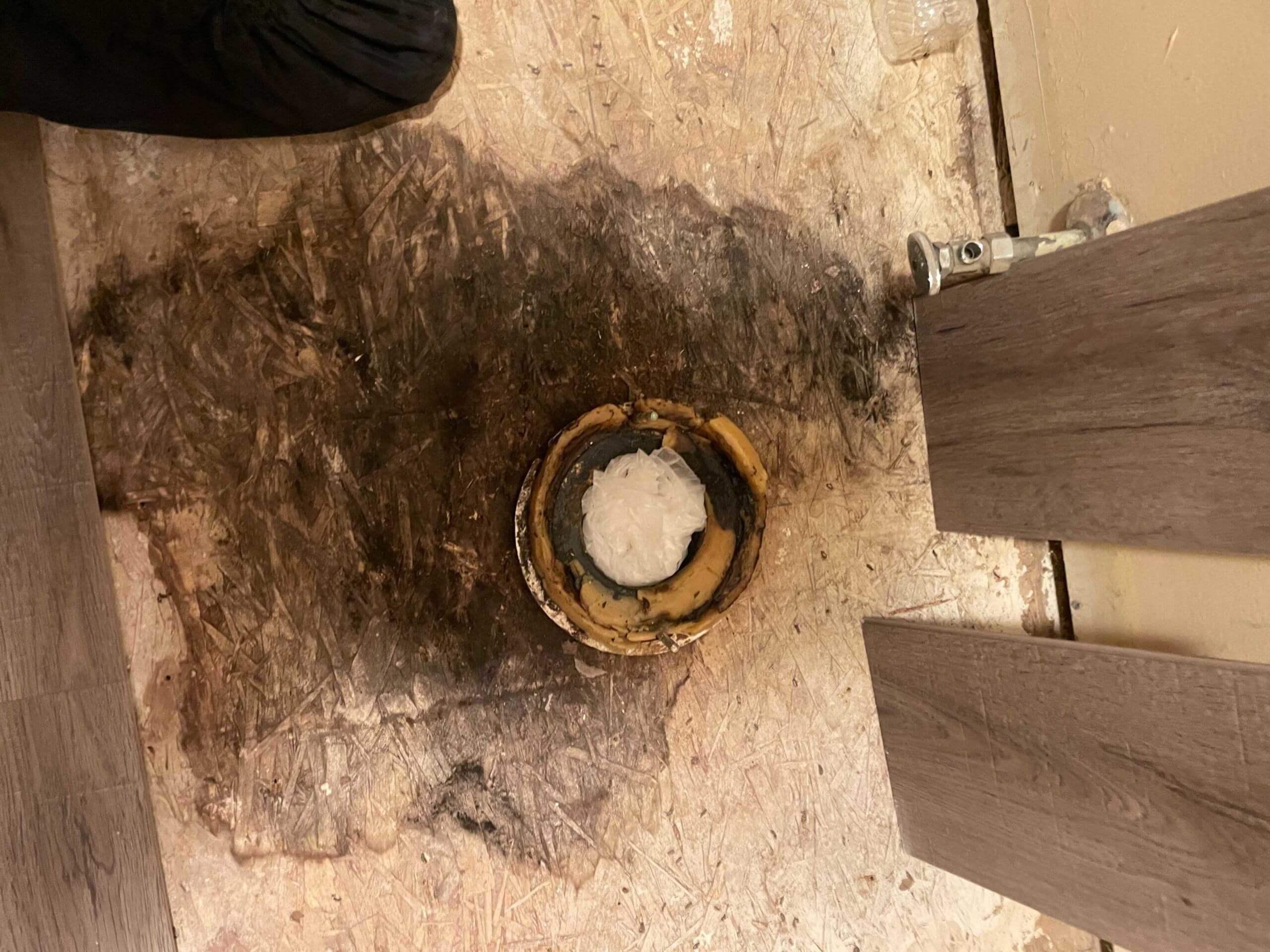If you take nothing else away from this article, remember the one golden rule: MOLD IS EVERYWHERE. There can be conflicting information and scare tactics used by some companies to misguide the consumer. Cheapest is not going to be your best option when the technician isn’t knowledgeable about the industry and the same goes for the most expensive.
To help you clarify who is knowledgeable or not, here are 13 of the most common misconceptions about mold testing.
1. Moisture Meter Test
There are a lot of companies out there that do this type of testing. While it has its benefits, this test can only provide if moisture is detected and how much; not if you have mold.
2. Tape Or Dust Test
This type of test is best used to determine the type of mold in your home. What this type of test doesn’t tell you is mold spore count to know if it is within reason or considered elevated. Remember the one golden rule.
3. Your House Is Infested With Mold
That, theoretically, is a true statement; but a scare tactic. Without sounding like a broken record, mold IS everywhere. What you want to know is what type of mold and how does it compare with the outside levels? Where was the test taken and how can you identify the entire house?
4. The Color Of Mold
Many species of mold are black, just because its coloring is black it doesn’t mean it is Stachybotrys.
5. Air Test
Testing the air is one of the most common methods for getting an understanding of what is floating through the air. As most irritants enter our bodies through our nose and mouth, it will be able to breakdown the mold.
6. Swab Test
To identify the type of mold, a swab test is the best option IF it is visible. Most swab tests will not identify a spore count, but will provide an indication of usual or unusual along with the mold type.
7. Petri Dish Test
This test is recommended for live spore counts. Results take approximately one week to cultivate and read. This type of test should be taken after any treatment has been performed to confirm if mold is still active. It is still important to know the type of mold along with this information as there are certain types of mold that should never be in your home.
8. Mold Meter
I have yet to be able to identify a meter that can be brought into a house and give an immediate reading on the type of mold found or spore count. This is usually a farce and another scare tactic. Most meters on the market can only identify moisture, humidity and particles (generic term) in the air.
9. Mold And Visibility
While being able to see the mold is a huge signal that you have a mold problem, you won’t always see it. Mold can wreak havoc on you or your family for months, maybe years before seeing visible signs. Unknown leaks inside walls, in attics, condensation in air ducts and more can produce enough mold to cause allergic symptoms. Tests can be performed behind the wall by skilled professionals without having to cut a large hole to visually take a look.
10. Other Irritants
Mold tests do just that, test for mold. Most allergens, dust and dander, irritants that can cause the same symptoms as a mold allergy, cannot be detected. While they may show up on a mold test as background debris, there is no specific test to perform. See an allergist for testing of your susceptibility to these items.
11. What Will You Find
Testing will give results on the types of mold found in your house or business. There is no way to test for a specific mold. It will list all molds detected during the testing.
12. Mold Test Results
Uncommon molds like Stachybotrys (black mold) should never be indoors. If it is not listed on the report, that is good news. If it does show up on the report, treatment is suggested right away. The next thing you look for on the results is the level of common molds. You never want it to be more than the outside control sample. If it is higher, treatment is suggested.
13. Who Is Processing The Tests
It is important to make sure the results are from a certified laboratory. An AIHA accredited laboratory is recommended, such as ProLab, to ensure your results are authentic.
An educated consumer is the best consumer. Keep these 13 tips in mind when working with a mold testing company and don’t get fooled. Working with a transparent company that is willing to openly discuss these issues is going to be the most trustworthy and reliable for your mold results.



